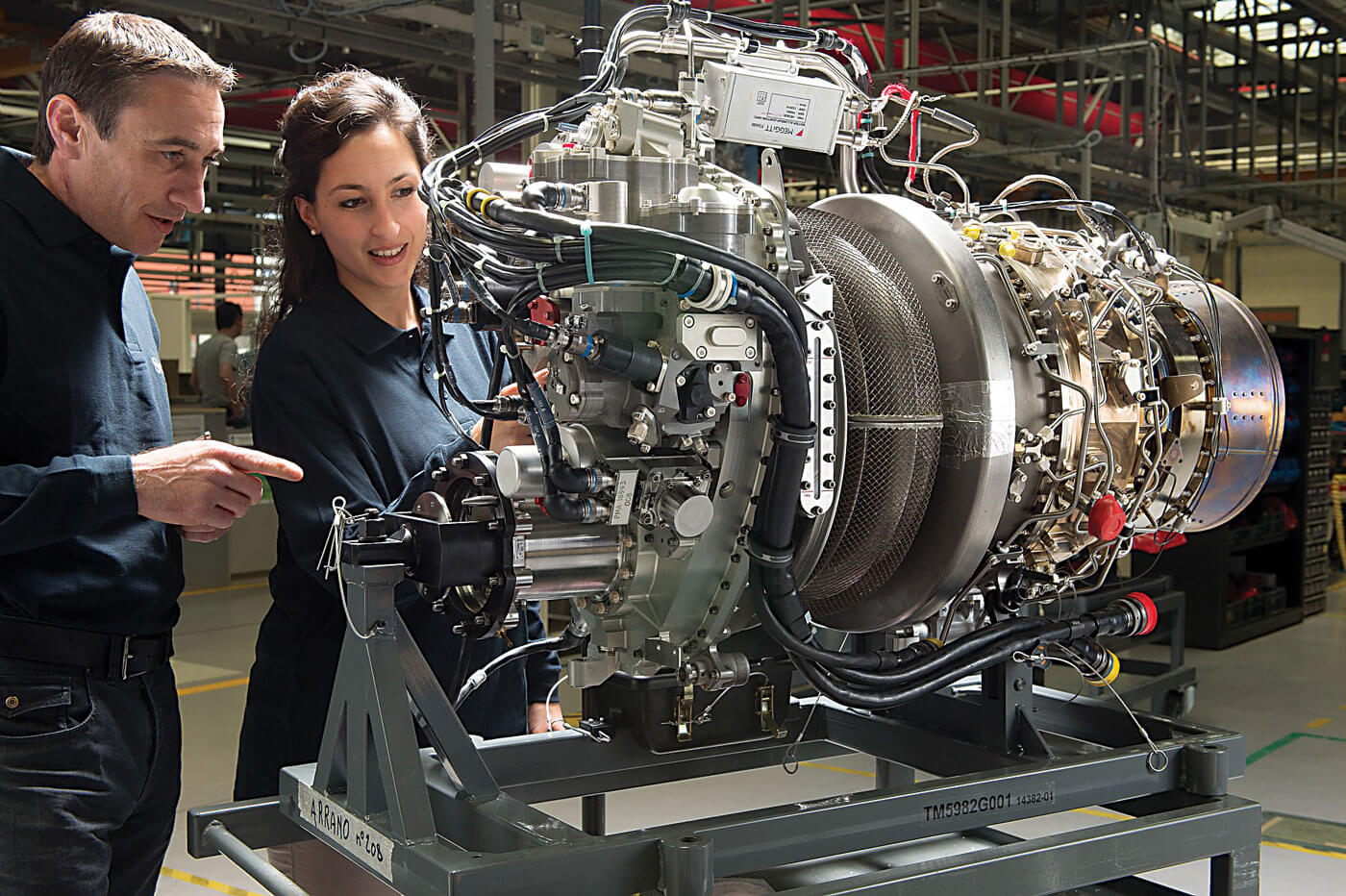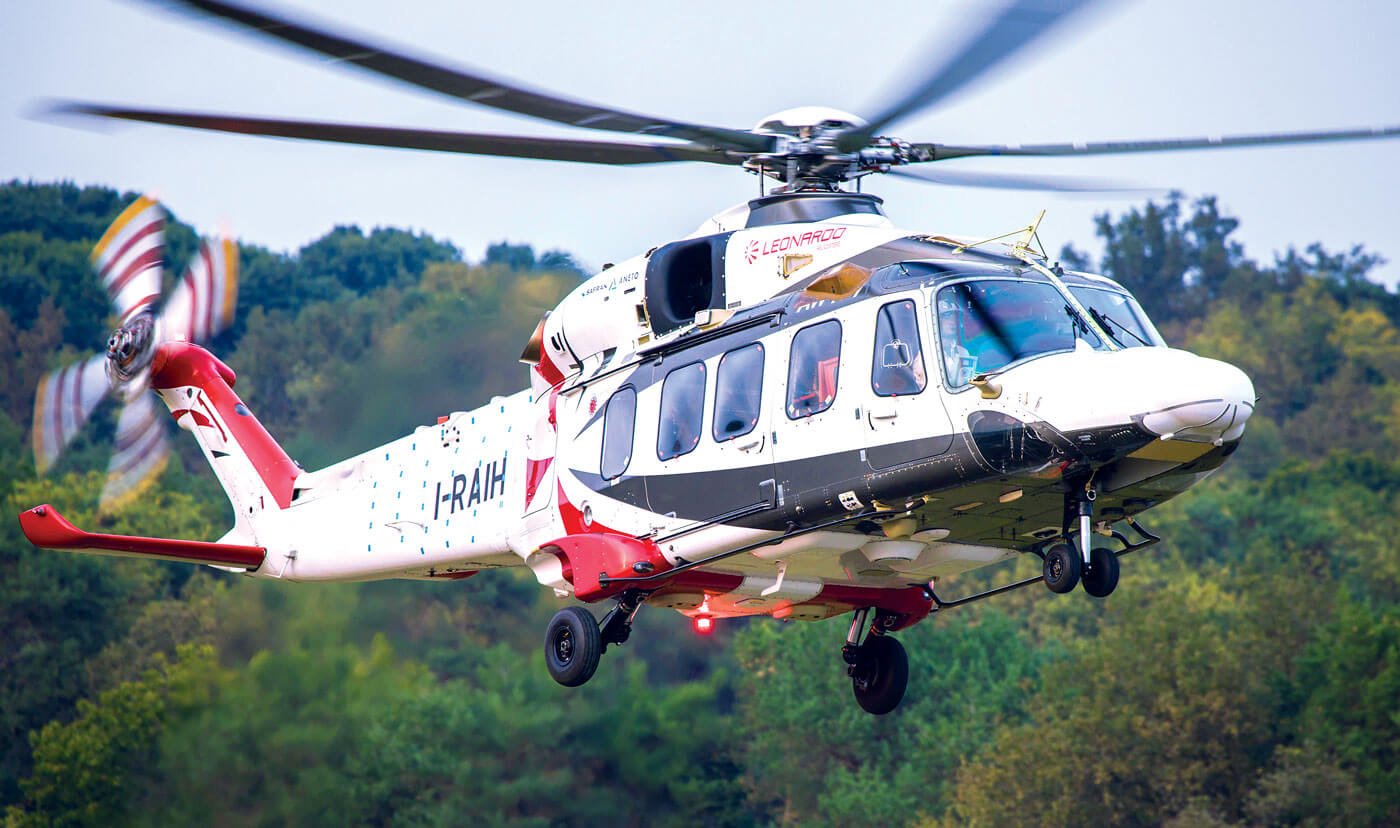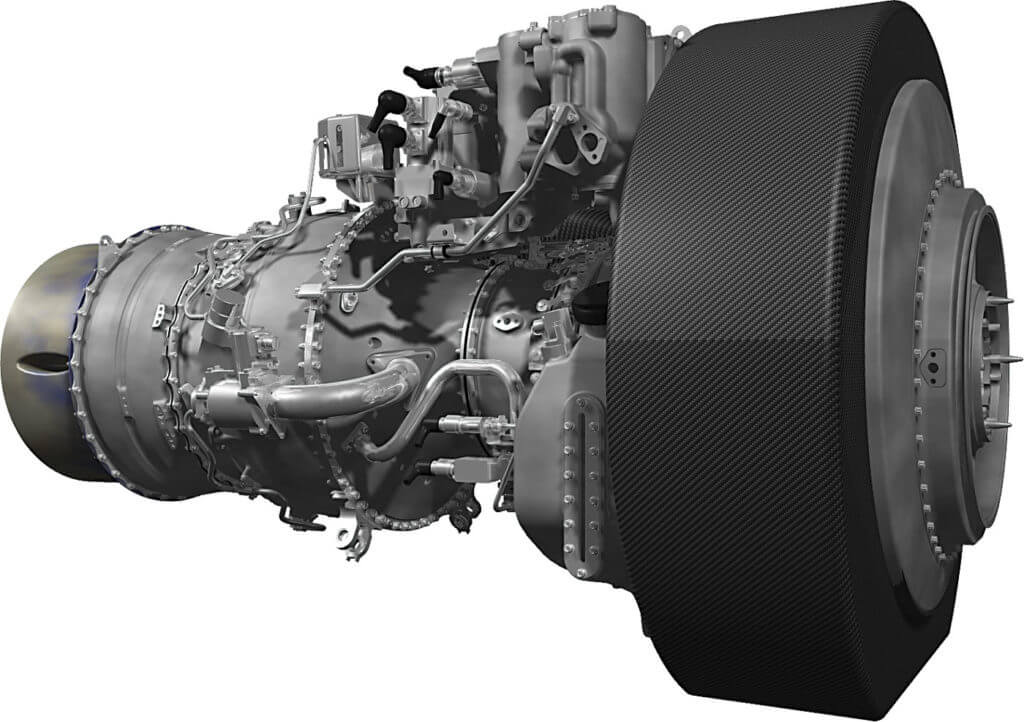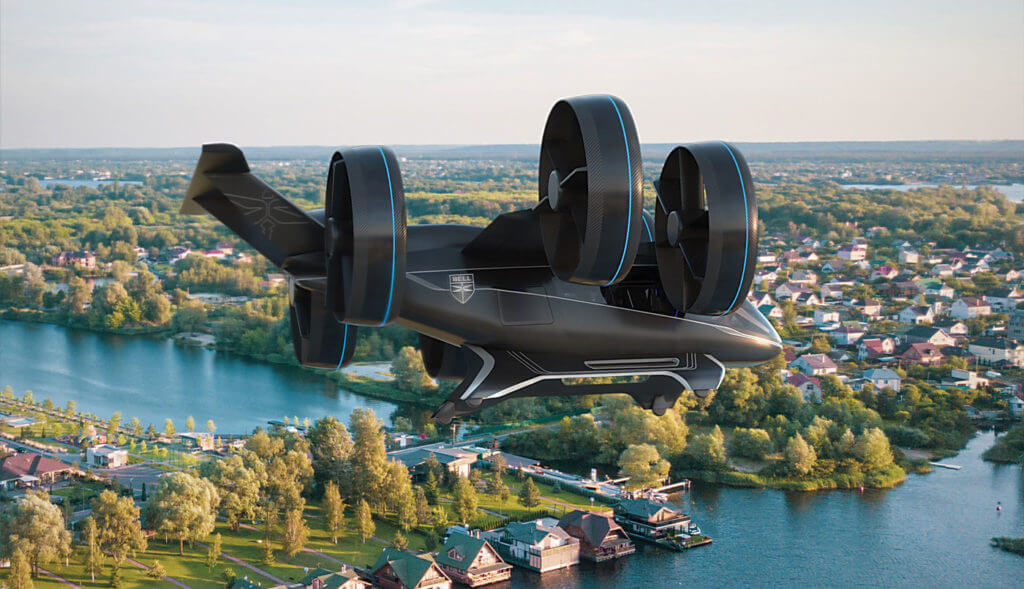Most new-generation helicopters and vertical-takeoff-and-landing (VTOL) aircraft have one thing in common: they are powered by Safran.
“It is all about providing the right solution for a specific need at the right moment,” explains Franck Saudo, chief executive officer of Safran Helicopter Engines. “We are leaders in the propulsion systems sector because we are committed to an innovation roadmap that anticipates market requirements.”
 The French manufacturer offers a comprehensive range of state-of-the-art gas turbines, starting with its newest Arrano, Ardiden and Aneto models. The Arrano and Aneto are both in the final phase of certification; European type certification is anticipated in the coming months.
The French manufacturer offers a comprehensive range of state-of-the-art gas turbines, starting with its newest Arrano, Ardiden and Aneto models. The Arrano and Aneto are both in the final phase of certification; European type certification is anticipated in the coming months.
Says Saudo, “Both the Arrano aboard the Airbus Helicopters H160, and the Aneto-1K in the [Leonardo] AW189K, have demonstrated robust performance during their test campaigns and will soon enter service.”
The 1,100- to 1,300-shaft-horsepower (shp) Arrano has logged more than 1,900 hours of flight-testing, and Safran will deliver the first production unit to Airbus Helicopters during the second half of 2019. Providing a 15-percent reduction in fuel consumption over other engines in the same power range and featuring excellent performance and simple maintenance, the Arrano will form an unbeatable partnership with the H160.
The first Aneto, the 1K, has performed well on the AW189K, with 300 flights logged, notably during hot and high conditions.
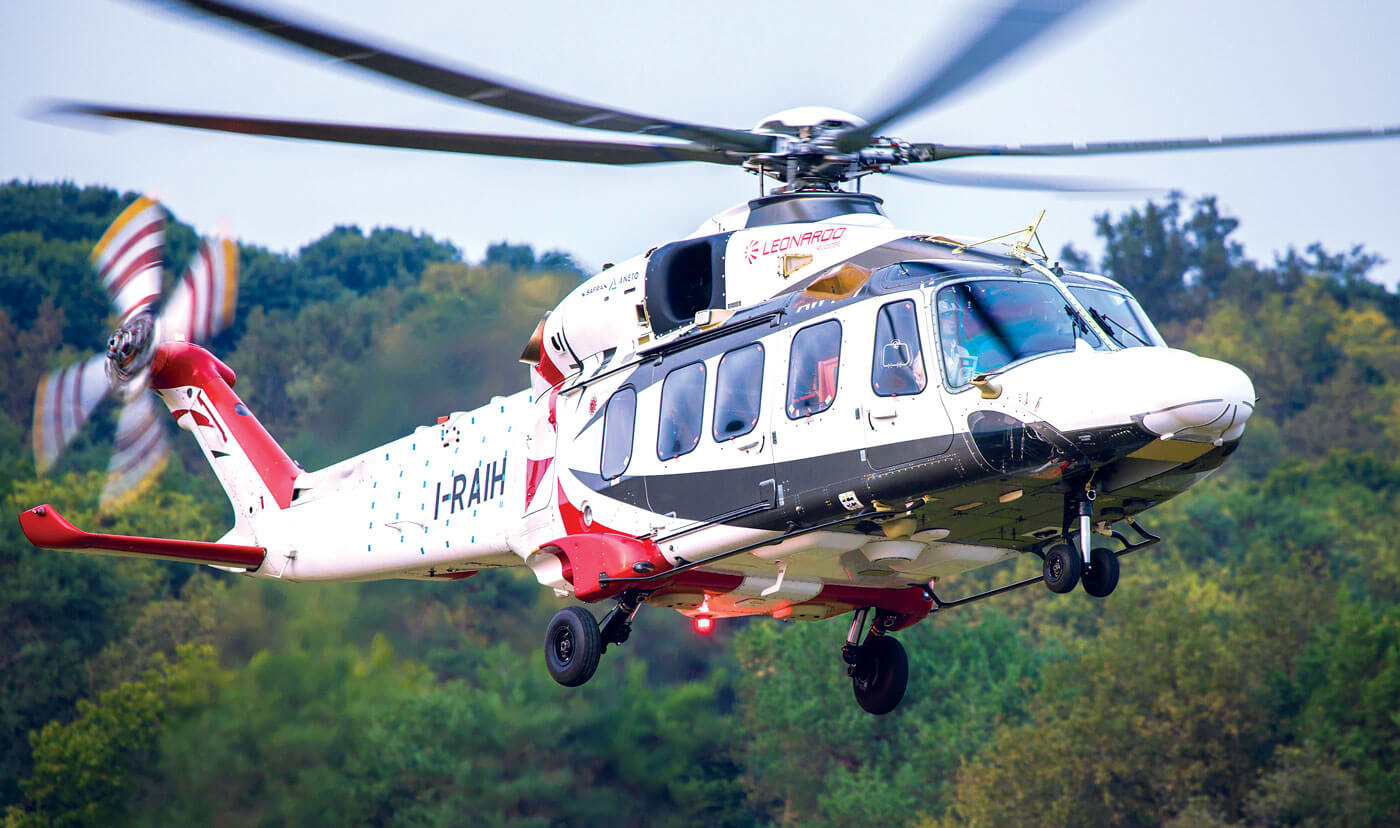 “The Aneto is joining the market at the right moment,” says Saudo. “Helicopter manufacturers need new-generation power solutions to help their customers meet transport and parapublic or search-and-rescue missions by delivering higher performance in hot and high conditions.”
“The Aneto is joining the market at the right moment,” says Saudo. “Helicopter manufacturers need new-generation power solutions to help their customers meet transport and parapublic or search-and-rescue missions by delivering higher performance in hot and high conditions.”
Last year, Safran Helicopter Engines, together with various sister companies, accelerated their hybrid propulsion strategy past significant milestones: including selection for the Bell Nexus and first ground runs of Safran’s hybrid-electric propulsion system.
“We have been preparing those technologies for several years,” says Saudo, “But in 2018, [we] witnessed a convergence between these technologies and a growing demand for new missions like urban transportation.”
Today, urban mobility using conventional helicopters is limited by noise regulations and planning restrictions.
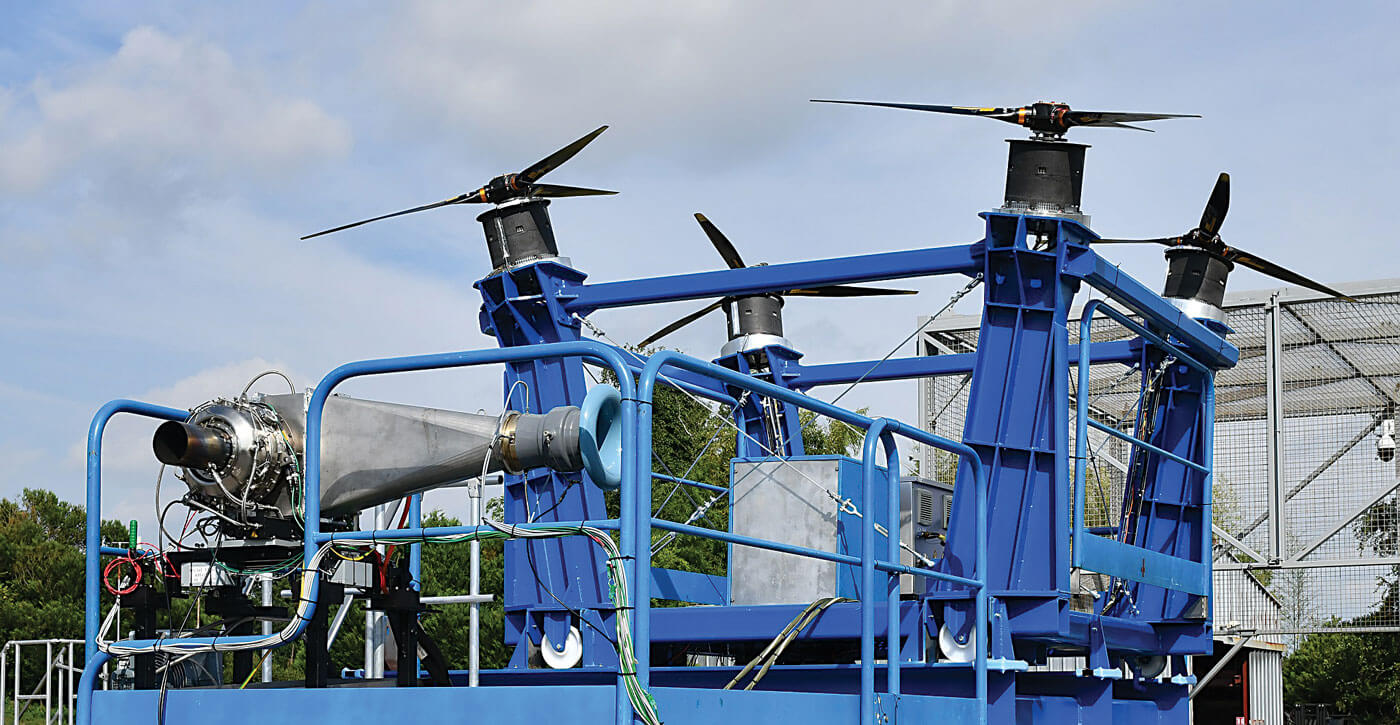 Says Saudo: “Typically, mobility in cities means merely avoiding traffic by flying from downtown to the airport. The market will dictate demand for these missions, but multi-rotor VTOL aircraft, featuring electrically distributed propulsion, will most probably be the next step towards achieving it.
Says Saudo: “Typically, mobility in cities means merely avoiding traffic by flying from downtown to the airport. The market will dictate demand for these missions, but multi-rotor VTOL aircraft, featuring electrically distributed propulsion, will most probably be the next step towards achieving it.
“For a while, electrical generation will rely on a mix of battery and thermal power, since battery capacity cannot yet deliver the required range and payload. Furthermore, hybrid-electric VTOL craft can also meet the requirements of other missions, like offshore transport, parapublic or military.”
Safran Group is at the leading edge of hybrid-electric propulsion and is capable of providing all the required components: the gas turbine, generator, power distribution and electric motors.
To coincide with its system’s selection to power the Bell Nexus, which was recently unveiled at CES (Consumer Electronics Show) in Las Vegas, Nevada, Safran has started a test program. The first ground tests, in 2018, featured a system capable of 100 kilowatts-electric (kWe). Further tests will be carried out this year, leading to a system capable of producing more than 600 kWe (800 hp).
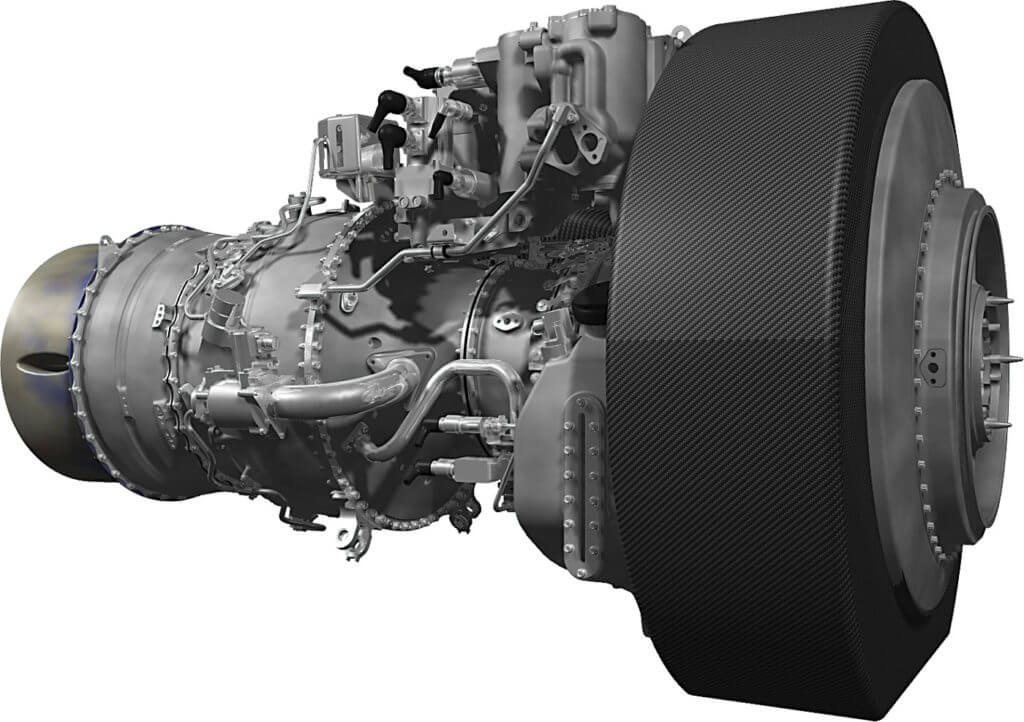
The best for Safran’s customers
In parallel with this future propulsion system, Safran Helicopter Engines has a comprehensive strategy to ensure it continues to offer the best to its customers.
In 2018, the French manufacturer launched new digital services that were all developed with and approved by its customers. Among these is Expert Link, an online service allowing customers to connect–via a secure, live video feed–with Safran experts who can help with a technical diagnosis or guide them through a maintenance task. Its Health Monitoring service allows customers to track engine life data and reduces unplanned events. Engine life can be improved through the early detection of problems, prognosis analysis and a customized maintenance plan. This service already covers some 1,700 engines.
The company has also completely revamped its EngineLife Customer Portal. This resource provides customers with a unique doorway to its full range of digital services.
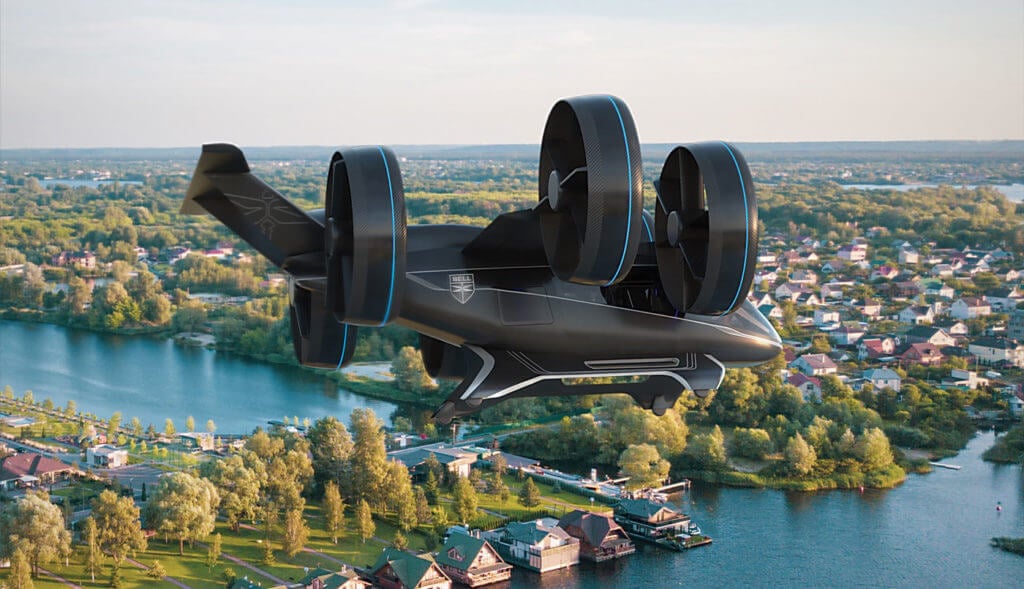 Finally, Safran Helicopter Engines has also announced improvements to its Support-By-the-Hour (SBH®) service portfolio. Created to provide a comprehensive “pay as you fly” service, SBH solutions now cover every customer profile: SBH®5Star for civil operators of up to five aircraft, SBH®Classic for fleets of six-plus aircraft and SBH®M for military air arms.
Finally, Safran Helicopter Engines has also announced improvements to its Support-By-the-Hour (SBH®) service portfolio. Created to provide a comprehensive “pay as you fly” service, SBH solutions now cover every customer profile: SBH®5Star for civil operators of up to five aircraft, SBH®Classic for fleets of six-plus aircraft and SBH®M for military air arms.










